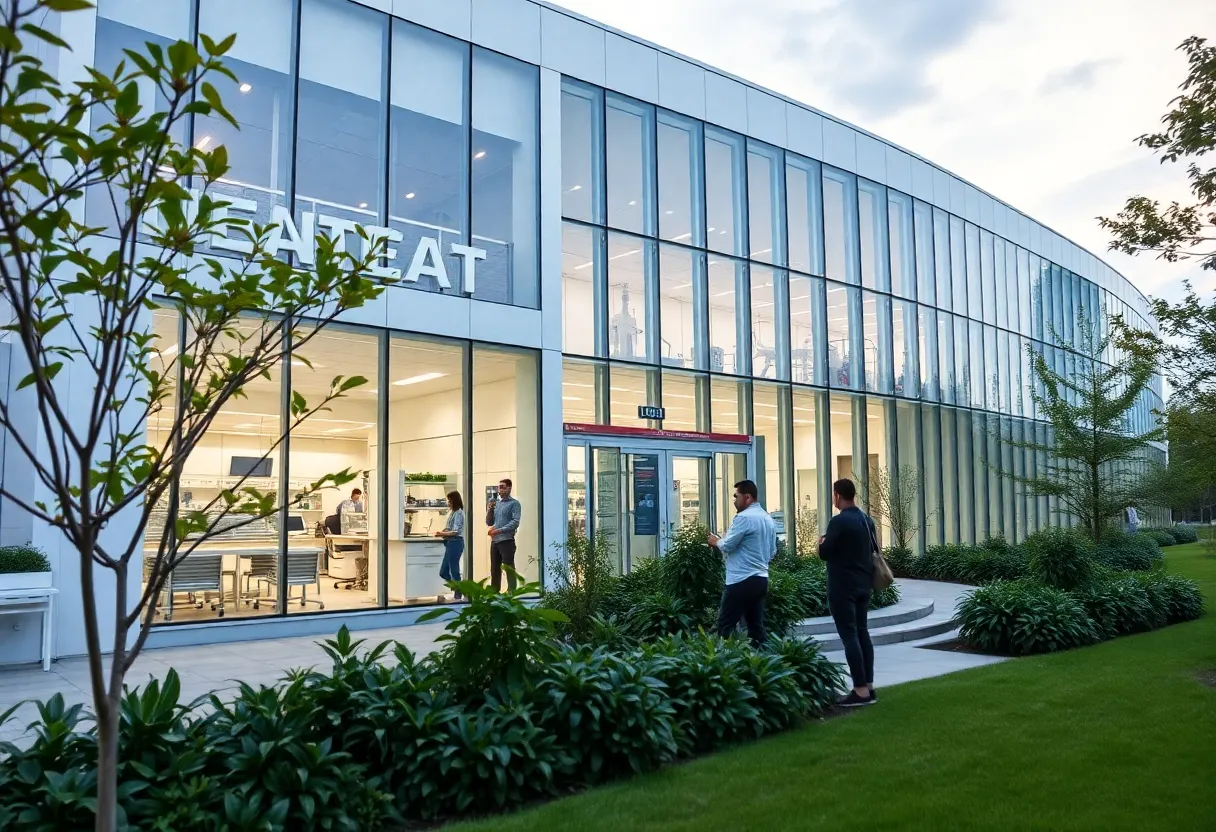News Summary
The Providence Public School District is experiencing a surge in demand for bilingual education programs but is constrained by limited resources and a shortage of qualified teachers. Although bilingual education has been available since the 1970s, the district’s capacity remains inadequate. Proposed legislation aims to address these challenges by enhancing funding and preparing more educators. Research highlights the benefits of bilingual education, showing improved outcomes for students, yet access remains a pressing issue. Advocates continue to push for strategic investments to foster a diverse and effective educational environment for multilingual learners.
Providence Schools See High Demand for Bilingual Education Programs
The Providence Public School District is facing increasing demand for bilingual education programs, yet the capacity for these courses remains limited. As the district has offered bilingual education since the 1970s, the lack of available seats and qualified teachers has emerged as a significant barrier to expanding these crucial programs.
Currently, bilingual instruction is available at two elementary schools, where the curricula are primarily taught in Spanish during kindergarten, gradually increasing English instruction in subsequent years. By late elementary school, students receive a balanced mix of instruction, with half of the day dedicated to each language. Additionally, the district operates six dual language programs, which begin teaching students in both languages from the onset.
Research has consistently shown that bilingual education affirms students’ language and culture, helping to enhance their cultural pride and identity. Evidence suggests that multilingual learners thrive in bilingual settings rather than in English-only environments. Notably, students enrolled in bilingual programs have outperformed their peers in monolingual classrooms, highlighting the effectiveness of these educational approaches in the Providence Public School District. Data indicates that pupils in the district’s Two Way Dual Language and Bilingual programs show considerable growth in English acquisition when compared to those in traditional English-only settings.
Despite the benefits, challenges remain. Access to bilingual curricula is limited, complicating both the implementation and assessment of the programs due to the scarcity of resources in both languages. The shortage of qualified bilingual teachers has further exacerbated these issues, creating a pressing need for an educational workforce equipped to deliver bilingual instruction effectively.
In response to these challenges, there is a concerted push at the state level to improve bilingual education. Proposed legislation, including the Bilingual, Dual Language, and World Language Teachers Investment Act, seeks to enhance funding and prepare more educators for these programs. This act proposes scholarships for prospective bilingual teachers, addressing the educator shortage and emphasizing the necessity of sustainable programs within the Rhode Island education system.
The demographics of the student population in Providence indicate a significant need for such programs, with approximately 20% of students in Newport, half of those in Providence, and a majority in Central Falls identified as multilingual learners. Advocates argue that strategic investments in bilingual education will not only serve this diverse student population but also contribute to closing achievement gaps for historically underserved groups.
Schools like Nuestro Mundo, a K-8 institution, exemplify the positive outcomes of dual language education, showing continuous growth in student performance. Assessments such as the RICAS test reveal improved academic achievement among its students, reflecting the effectiveness of bilingual education.
Supporters of bilingual education emphasize that multilingualism should be recognized as an asset in schools, calling for its expansion across all Rhode Island districts, especially those with high populations of multilingual learners. Building a sustainable pipeline of certified bilingual educators from these communities is seen as a vital step toward fostering a robust educational environment that supports bilingualism.
The current landscape of bilingual education in Providence underscores the urgent need for expansion and investment. As advocates continue to call for better resources and support, the push for bilingual education represents not only an educational reform but also a commitment to affirming the diverse cultural heritage of the student population in the district.
Deeper Dive: News & Info About This Topic
HERE Resources
Providence School District Launches Redesigned Facilities
Community Discusses Gilbert Stuart Middle School Demolition
Providence School Board Holds Community Listening Sessions
Lusophone Calendar Art Contest Invites Rhode Island Students
Providence City Council Considers Excel Academy’s Expansion Proposal
Additional Resources
- Brown Daily Herald: Bilingual Education Programs
- Wikipedia: Bilingual Education
- Providence Journal: Investing in Bilingual Education
- Google Search: Bilingual Education Rhode Island
- Rhode Island Current: Providence School Board Picks
- Google Scholar: Bilingual Education Success
- Boston Globe: Multilingual Learners in RI
- Encyclopedia Britannica: Dual Language Education
- GoLocalProv: Bilingual Public Charter School Success
- Google News: Bilingual Education Providence
Author: STAFF HERE PROVIDENCE WRITER
The PROVIDENCE STAFF WRITER represents the experienced team at HEREProvidence.com, your go-to source for actionable local news and information in Providence, Providence County, and beyond. Specializing in "news you can use," we cover essential topics like product reviews for personal and business needs, local business directories, politics, real estate trends, neighborhood insights, and state news affecting the area—with deep expertise drawn from years of dedicated reporting and strong community input, including local press releases and business updates. We deliver top reporting on high-value events such as WaterFire, Rhode Island International Film Festival, and Rhode Island Comic Con. Our coverage extends to key organizations like the Greater Providence Chamber of Commerce and Providence Warwick Convention & Visitors Bureau, plus leading businesses in finance and manufacturing that power the local economy such as Citizens Financial Group and Textron. As part of the broader HERE network, we provide comprehensive, credible insights into Rhode Island's dynamic landscape.





